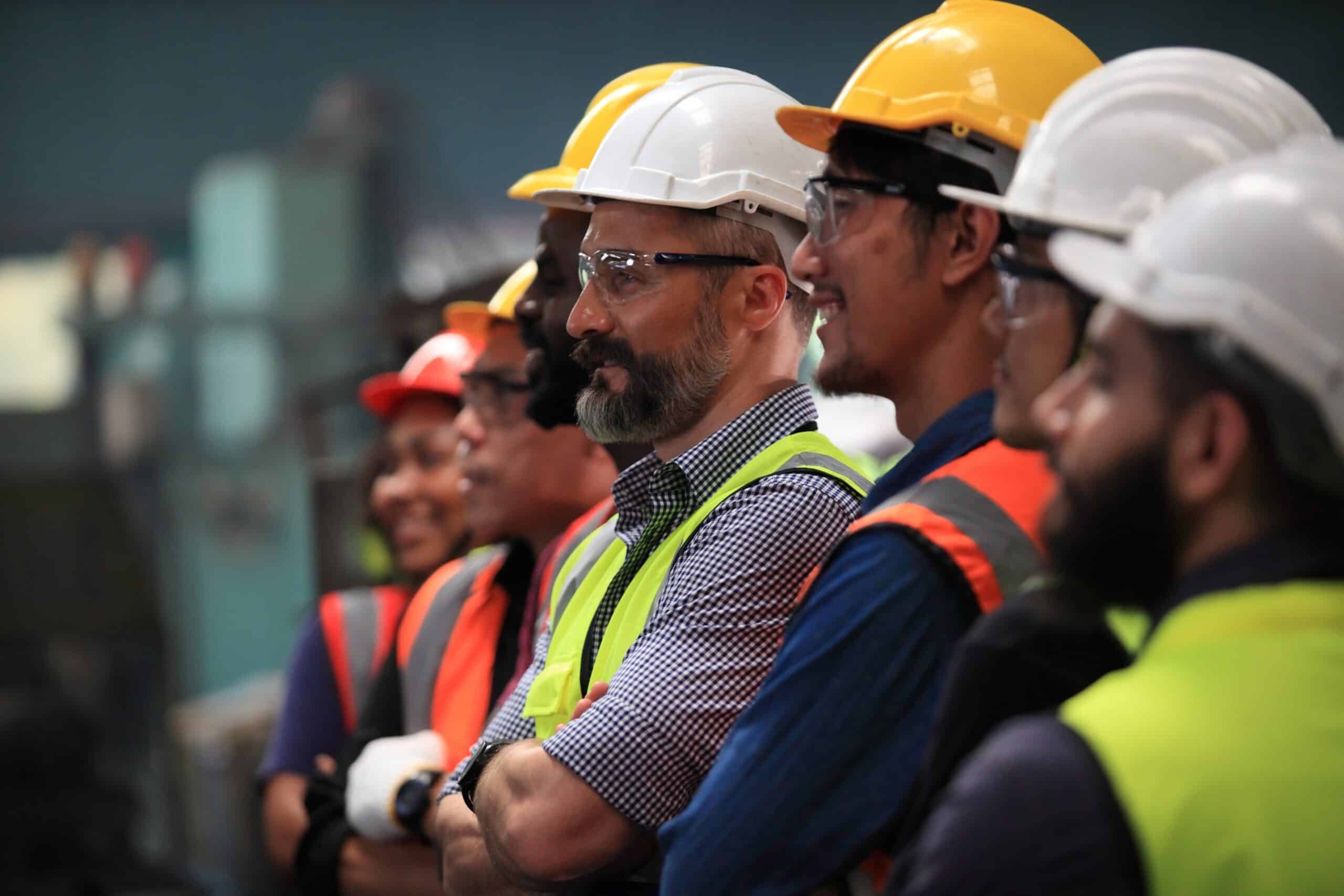Search
What you do not know about Process Safety: Quiz Results

In December we ran one of our Process Safety Quizzes to provide a little light relief for the Holidays season whilst hopefully contributing a bit of knowledge on process safety to help you on your way into a safe 2024.
The Results are in!
We had a great response to the quiz; so, thank you for taking a pause out of your festivities and taking part. As in previous years, we have been able to analyze the results, whilst preserving the anonymity of the respondents, as a means of finding out what you DO NOT know about Process Safety!
So here we go….
Definition of Zone 0
The first surprise for us was the answers we received to the question on the definition of Zone 0 in Hazardous Area Classification terms.
The following insert gives the question, multiple choice answers, and percent of responders selecting each answer:

Zone 0 is, of course, defined as an area of plant where an explosive gas/vapor atmosphere is present continuously or for long periods of time. 47% of respondents got this question correct, but it is perhaps of concern that more than half of responders answered incorrectly and moreover, 42% of respondents answered that Zone 0 means there is no likelihood of an explosible atmosphere. We are not sure why so many gave essentially the least safe answer. Perhaps it was the implication of the ‘0’ suggesting ‘none’ that mislead?
Zone 0, as well as indicating the highest risk level, severely limits the type of installation and rating of electrical equipment permitted, and it usually requires extra precautions against all other potential ignition sources (e.g., static electricity, mechanical sparks….) as well. There may also be implications for hazardous substance monitoring, training of workers, and even insurance costs.
The hazardous area classification Zones are listed here for convenience:
- Zone 0 indicates areas where an explosive atmosphere of gas, vapor, or mist is present continuously, for long periods, or frequently.
- Zone 1 is where an explosive atmosphere is likely to occur in normal operation occasionally.
- Zone 2 is where an explosive atmosphere is not likely to occur in normal operation, and if it does occur, it will exist only for a short period.
Understanding these classifications is crucial for implementing appropriate safety measures in areas with potential explosive atmospheres. Classification of Hazardous Areas for gases/ vapors/ dusts is a core activity for us here at Stonehouse. Contact us for further help or information.
Definition of Kst
The second surprise for us is that the Kst value, used in the context of dust explosion protection, turned out to be the question with the second largest number of incorrect answers. A surprise to us since the determination of Kst value is one of the most frequently performed tests in our Stonehouse Dust Explosion laboratory.
Here was the question, multiple choice answers and % of responders selecting each response:

The correct answer was ‘A’ – Kst is a specific maximum rate of pressure rise during a dust explosion. In fact, it is the maximum rate of pressure rise that one might expect to measure in a spherical test vessel with a volume of 1m3.
The Kst value is a key parameter in evaluating the severity of dust explosions. It indicates for a particular dust cloud, how quickly the pressure rises in a confined space of known volume during a dust explosion and is used to design protective systems for industrial equipment and facilities handling combustible dusts.
So, why did so many respondents get this wrong? The answer to this may lie in a misunderstanding. In a pressure vessel, a dispersed dust cloud ignited at the vessel center, will propagate spherically outwards. As it does so, pressure rise will accelerate in the vessel, speeding up the combustion, but as oxygen is used up, will eventually slow down. This implies that the rate of pressure rise profile is dependent on vessel volume. So, the Kst value has to be ‘corrected’ for vessel volume since it is intended as a measure of a physicochemical property of a dust – i.e., its ‘explosion severity’. Hence its definition as a specific rate of pressure rise (i.e., rate of pressure rise in a 1m3 vessel).
For the mathematically inclined, the rate of pressure rise equation used to calculate Kst value is:
Kst = (dP/dt)max x V1/3
Where (dP/dt)max [bar.s-1] is the maximum rate of pressure rise measured in a vessel and V [m3] is vessel volume. The units of Kst are therefore bar.ms-1.
Bonding and Grounding for control of static electricity
Next, we turn to control of electrostatic hazards.
In answer to the question “In the context of process safety, when dealing with electrostatic hazards, what is the primary purpose of bonding and grounding systems?”
In fact, 21% of respondents answered this question incorrectly.

As anyone who has worked on the control of static electricity in industry will testify, bonding and grounding is intended to safely dissipate static electricity and prevent the build-up of electrostatic charges on conductive (metal) plant and equipment. This will only work if the equipment that is bonded and grounded is conductive, and there are plenty of situations where bonding and grounding alone will NOT prevent all electrostatic hazards. Nevertheless, bonding and grounding, when applied properly, is arguably one of the most important steps in the control of static electricity.
The Questions you got right!
We were delighted with the responses that got the most correct answers. 95.8% of responders correctly answered the question “Why would a company conduct dust combustibility testing on their processed powder materials”?
As most people clearly appreciate, dust explosion test data is the starting point to understanding the dust explosion risk at your facility. Not only will it allow proper identification of the dust explosion hazards, it will likely also be the key to deciding the precautions required to both prevent dust explosion AND to protect plant and people in the event of incident.

And as for the remainder of the 12 questions we set in the quiz, pretty much all others were answered with an 80% success rate or better; pretty impressive.
If you’d like to receive a full set of the questions, the correct answers, and the full analysis of the results of the quiz, we’d be happy to provide these; simply send a request along by fillng out the form below. Make sure to include what you are requesting from the quiz.

Get in touch
To learn more about our expertise and services in dust explosion prevention & mitigation, call us at +1 609 455 0001 or email us at [email protected] today.
We also offer tailored virtual and in-company process safety training programs on Dust Explosions, Static Electricity and HAC (Hazardous Area Classification) and more. Find further information here.











